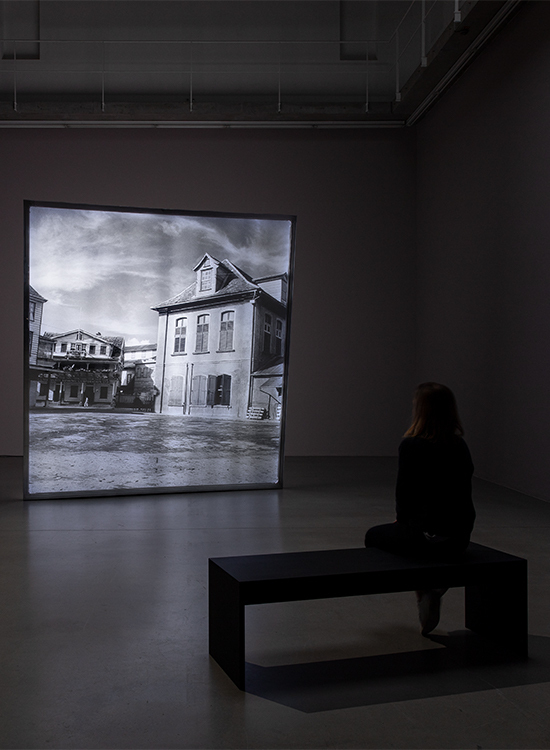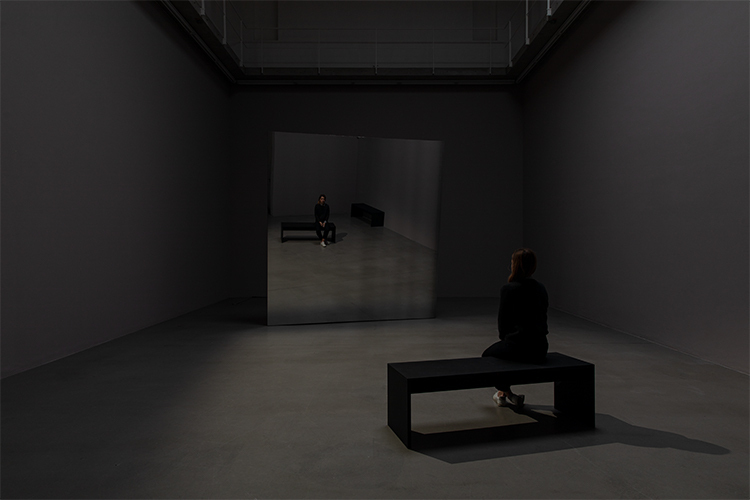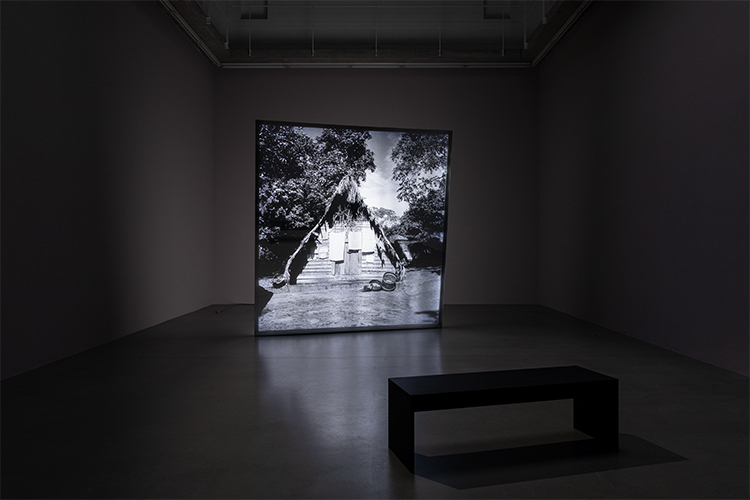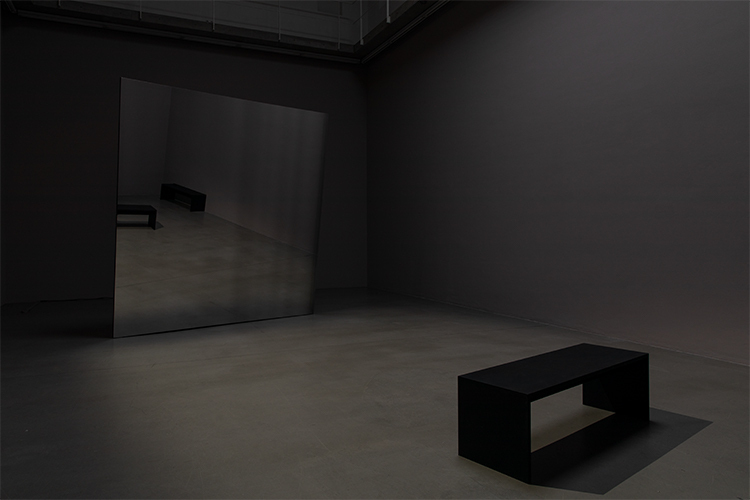Archive
2021
KubaParis
Willem de Rooij – Pierre Verger in Suriname




Location
PortikusDate
26.03 –17.07.2021Curator
Christina Lehnert & Philippe PirottePhotography
Diana PfammatterText
In his work Willem de Rooij (*1969 in Beverwijk, NL) reflects on the genealogy and reception of images, through artistic research and appropriation. He understands images as constructed connotative complexes, both in their modes of representation and in how they are perceived. De Rooij has been teaching extensively since the late 1990s and has been a Professor of Fine Art at the Städelschule in Frankfurt am Main since 2006.
The core of the installation Pierre Verger in Suriname at Portikus is a suite of 257 images that were made by French photographer and ethnologist Pierre Verger (1902, Paris–1996, Salvador da Bahia) during his eight-day trip to Suriname in 1948. Verger began working as a photojournalist in the 1930s. During his journeys he became interested in the relationship between the cultures of the African Diaspora and those of West Africa. When he settled in Salvador da Bahia in the late 1940s, he began to focus especially on Afro-Brazilian culture.